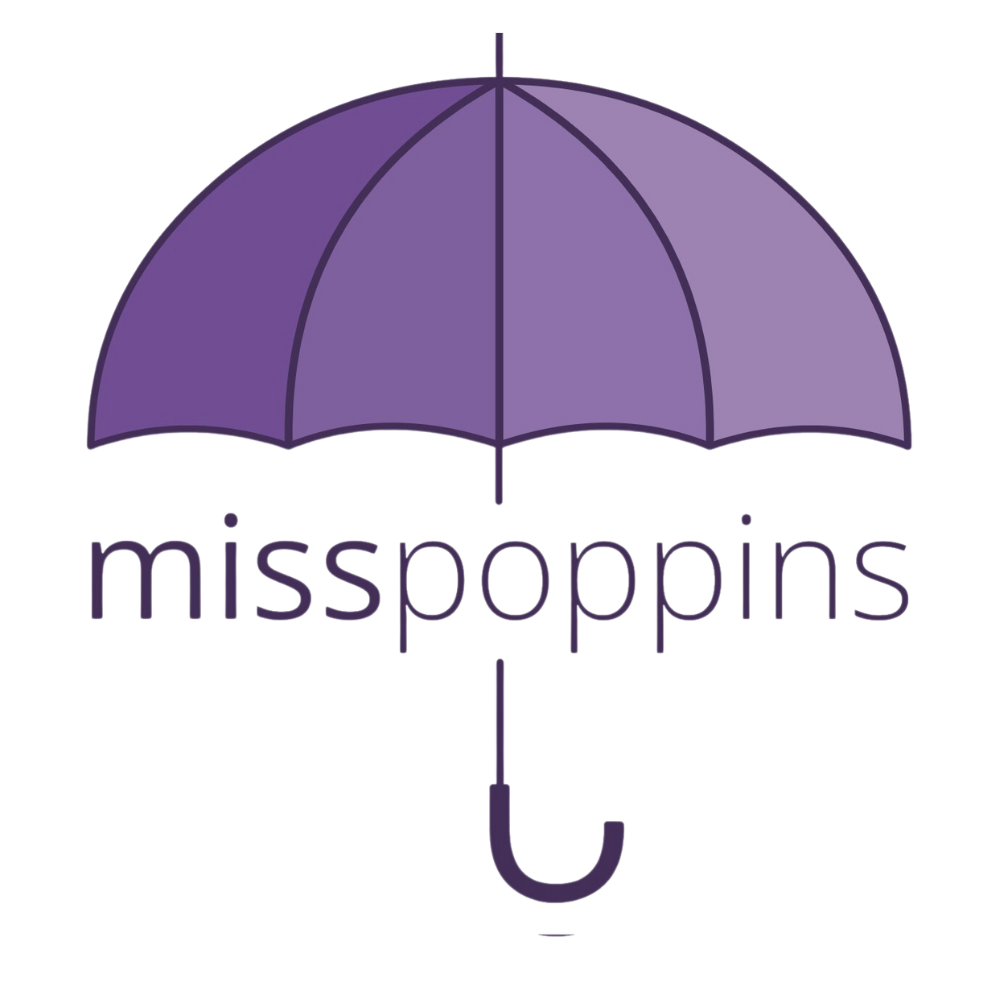Chatterbox Chronicles: Self-Talk vs. Parallel Talk – Unraveling Toddler Talk Tactics!
"Self-talk" and "parallel talk" are both techniques used to promote language development in young children, but they differ in how they involve adults or caregivers in the process.
Self-Talk:
Definition: Self-talk is when an adult or caregiver verbally describes their own actions, thoughts, or feelings to a child. It's like providing a running commentary on what you're doing or thinking.
Example: If you're preparing a meal, you might say, "I'm cutting the vegetables. These are carrots. Carrots are orange and crunchy. Now, I'm adding them to the pot."
Purpose: Self-talk helps children observe and learn from adults' language and actions. It introduces them to new vocabulary and concepts and encourages them to make connections between words and activities.
Parallel Talk:
Definition: Parallel talk is when an adult or caregiver narrates a child's actions or experiences as they happen. It's like providing a play-by-play commentary of what the child is doing.
Example: If a child is playing with building blocks, you might say, "You're stacking the blue block on top of the red block. Now, you're making a tall tower!"
Purpose: Parallel talk is focused on the child's activities and experiences. It helps children associate words with their actions, objects, and surroundings. It also encourages them to engage in conversations about their interests and reinforces the use of language in everyday activities.
In summary, the main difference between self-talk and parallel talk lies in the focus of the narration. Self-talk centers on the adult's actions and provides a model for language, while parallel talk focuses on the child's actions, helping them connect their experiences with words. Both techniques are valuable for language development and can be used in combination to create a rich language-learning environment for young children.

